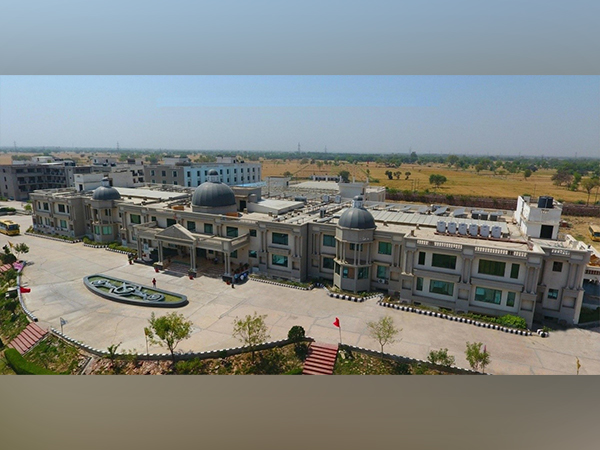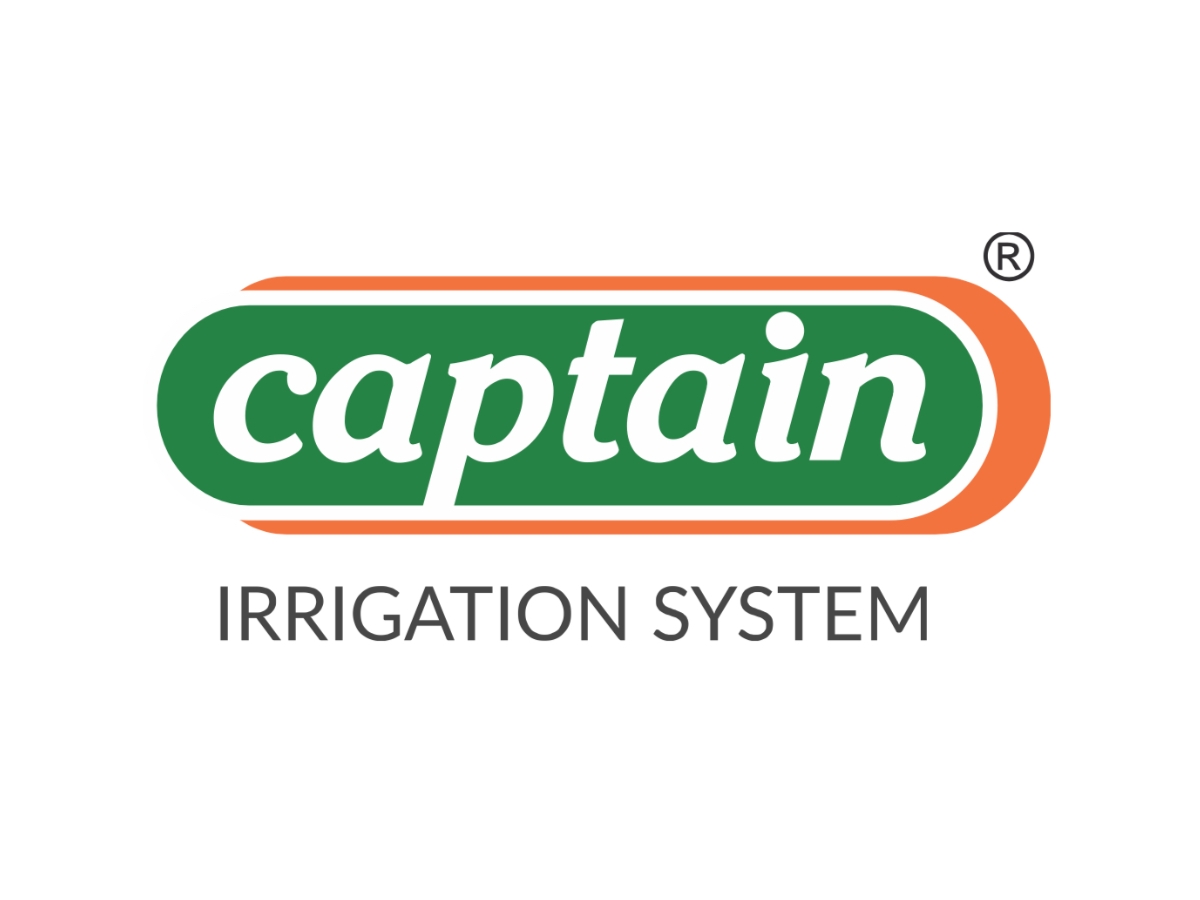New Delhi [India], July 26 (ANI): India’s edge data centre capacity is expected to expand significantly to 200-210 Megawatt (MW) by 2027 from 60-70 MW in 2024, marking a 3x increase, driven by the proliferation of emerging technologies, according to the rating agency ICRA.
Edge data centres are smaller, decentralised facilities located closer to end-users and devices. Unlike traditional data centres, which are typically large and centralised, edge data centres enable real-time data processing with minimal latency.
Global data centre capacity (including capacity held by cloud operators) is estimated at around 50 Gigawatts (GW) as of December 2024, of which about 10 per cent is dedicated to edge data centres.
The US commands over 44 per cent of worldwide edge data centre capacity, followed by Europe, the Middle East and Africa (the EMEA) region at 32 per cent and Asia Pacific (the APAC) region at 24 per cent.
India is a relatively new entrant in the edge data centre market. The current edge data centre capacity as a percentage of India’s total data centre capacity stands at around 5 per cent.
Further, excluding the edge data centre capacity used for captive purposes by one of the large data centre operators, the current edge data centre capacity as a percentage of total capacity is as low as 1 per cent.
Giving more insights, Anupama Reddy, Vice President and Co-Group Head, Corporate Ratings, ICRA, said, “Edge data centres differ from traditional data centres in multiple parameters like size, location, scale, time taken to construct, capex cost per MW, distance from end user, etc.”
“In the Indian context, traditional data centres and edge data centres are complementary pillars of digital infrastructure. With the expanding cloud ecosystem of India, traditional data centres will keep fuelling mass-scale computing, artificial intelligence (AI), and cloud workloads, and edge data centres will facilitate real-time processing and localised services.”
Reddy said that traditional and edge data centres are expected to operate in the hub-and-spoke model to enhance efficiencies across sectors such as healthcare, banking, agriculture, Defence, and manufacturing, etc.
Despite the promising outlook, some of the key challenges for edge data centres include security vulnerabilities due to remote deployments (majorly in tier II and tier III cities), rapid technological changes that risk obsolescence, a shortage of skilled professionals in remote areas, and interoperability issues with traditional data centres.
“The rentals for edge data centres are anticipated to be on the higher side compared to traditional data centres, as they will be catering primarily to retail customers against enterprise/hyperscale customers for traditional data centres. Moreover, the relatively higher capex cost per MW for edge data centre compared to a traditional data centre is expected to be compensated by higher rentals. Established DC players and entities like RailTel, Telcom operators are likely to lead the edge data centre expansion in India,” Reddy added. (ANI)
Disclaimer: This story is auto-generated from a syndicated feed of ANI; only the image & headline may have been reworked by News Services Division of World News Network Inc Ltd and Palghar News and Pune News and World News
HINDI, MARATHI, GUJARATI, TAMIL, TELUGU, BENGALI, KANNADA, ORIYA, PUNJABI, URDU, MALAYALAM
For more details and packages

















